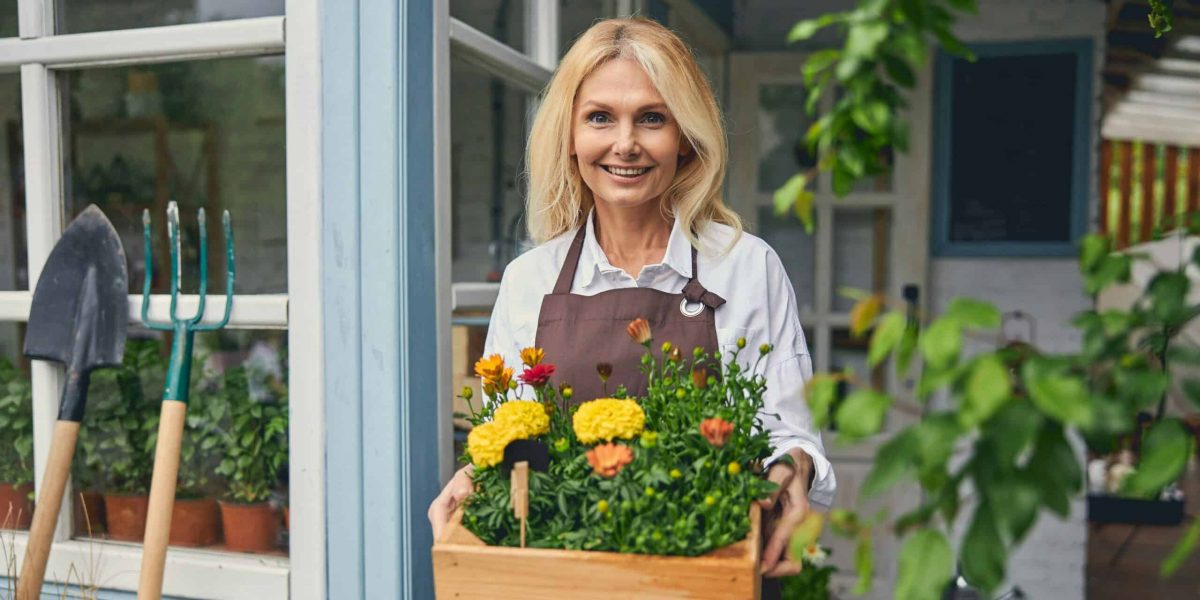What Plants Are Best for Small Spaces?
Choosing the right plants is essential when space is limited. Not all plants are suitable for urban gardening, but there are plenty of options that thrive in smaller containers or pots. In California’s climate, you have a wide variety of choices, from herbs to vegetables and even small fruit plants. Herbs like basil, mint, and rosemary are perfect for smaller spaces, as they don’t require much soil and can be easily grown in pots. You can place them on your windowsill, balcony, or even indoors near a sunny window.
When it comes to vegetables, leafy greens like lettuce, spinach, and kale do well in containers. Tomatoes, especially cherry or dwarf varieties, are also great for small spaces. They can be grown in hanging baskets or compact pots, taking advantage of vertical space. Strawberries are another fun option—they grow well in containers and can even hang from baskets, adding a decorative touch to your small garden.
How Can You Maximize Space for Urban Gardening?
Maximizing space is key when gardening in a small area. One of the best ways to do this is by thinking vertically. Vertical gardening makes use of walls, railings, or any surface that allows you to grow plants upwards rather than spreading out. You can install wall-mounted planters or use shelves to stack pots. This way, you can grow more plants without taking up valuable floor space. Vertical gardening is especially useful on balconies or patios where ground space is limited.
Another tip is to use multi-purpose containers. You can find pots that are designed to hold multiple plants, which allows you to grow different types of vegetables or herbs in one container. These pots can often be stacked or placed in a corner to save space. Some containers even come with built-in irrigation systems, making it easier to keep your plants healthy without worrying about watering them constantly.
Hanging baskets are also a great option for small spaces. You can hang them from your balcony railing or a hook on the wall. This is perfect for plants that trail or grow downwards, like strawberries or certain types of flowers. By using the vertical space above you, you can create a lush, green area without needing a large surface to work with.
How Do You Take Care of Your Plants in a Small Space?
Taking care of plants in small spaces is slightly different from traditional gardening. Since you’re likely working with containers, watering becomes a crucial part of plant care. Containers tend to dry out faster than the ground, so you’ll need to water your plants more frequently. However, be careful not to overwater, as too much water can lead to root rot. Using containers with good drainage helps prevent water from sitting at the bottom and damaging your plants.
Sunlight is another factor to consider. Most vegetables and herbs need at least six hours of direct sunlight each day. If your space doesn’t get that much light, consider choosing shade-tolerant plants like lettuce or spinach. You can also use reflective surfaces or grow lights to help increase the amount of light your plants receive, especially if you’re growing indoors.
Fertilizing is important in small spaces because the nutrients in containers get used up more quickly. You can add organic compost or a balanced fertilizer to your containers every few weeks to keep your plants thriving. Make sure not to overdo it, as too much fertilizer can damage your plants.
Finally, keep an eye on pests, especially if you’re growing outdoors. Small spaces like balconies can sometimes attract insects or pests, but there are simple, natural remedies to manage them. You can use companion planting—growing certain plants together that help repel pests—or natural sprays made from ingredients like garlic or neem oil.
Urban gardening in California offers the chance to grow fresh produce and greenery, even in small spaces. By selecting the right plants, maximizing vertical space, and giving your plants the right care, you can create a thriving garden on your balcony, patio, or even a windowsill. With the right approach, you’ll find that limited space doesn’t mean limited possibilities when it comes to gardening. Whether you’re growing herbs, vegetables, or flowers, urban gardening allows you to enjoy the benefits of gardening, no matter how small your space might be.








